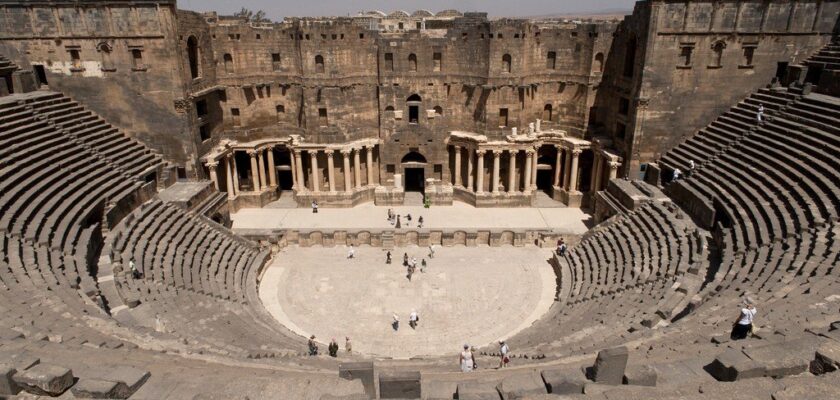Bosra
Bosra is an ancient city and world-famous archaeological site in southern Syria. The ruins of Roman, Byzantine and Muslim buildings have been preserved here and have been a UNESCO World Heritage Site since 1980. The rich history and unique archaeological monuments attract many tourists from different countries to the Syrian city.
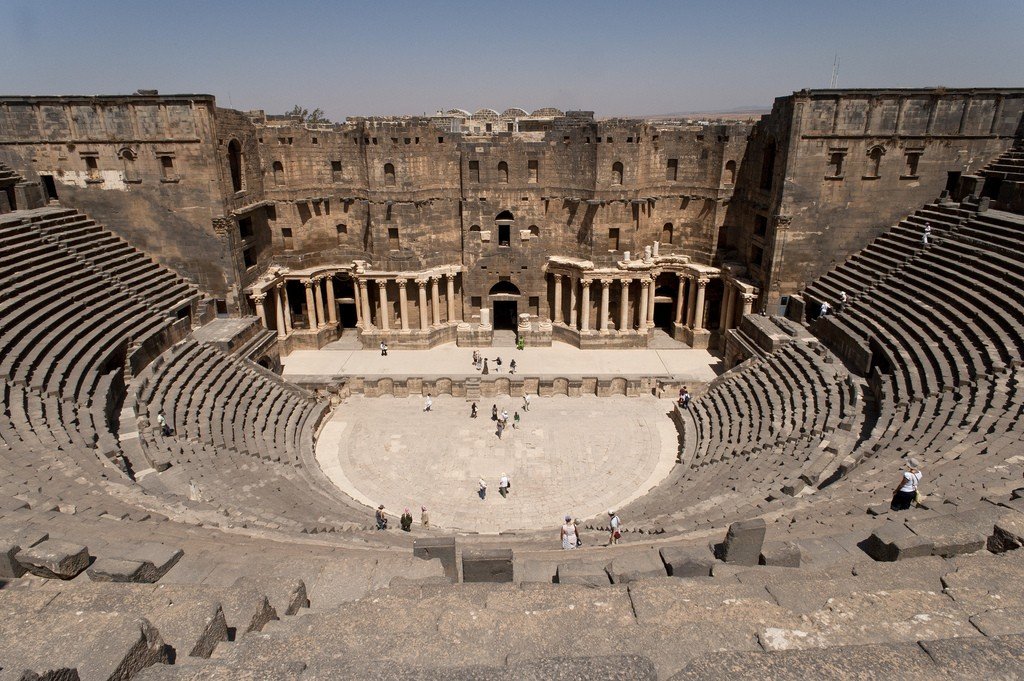
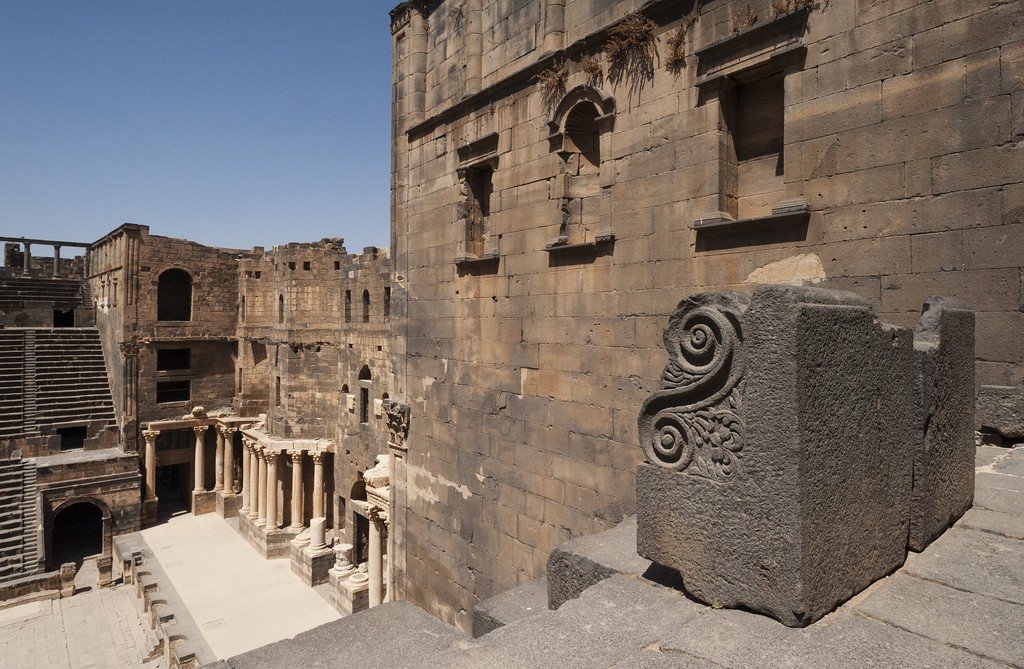
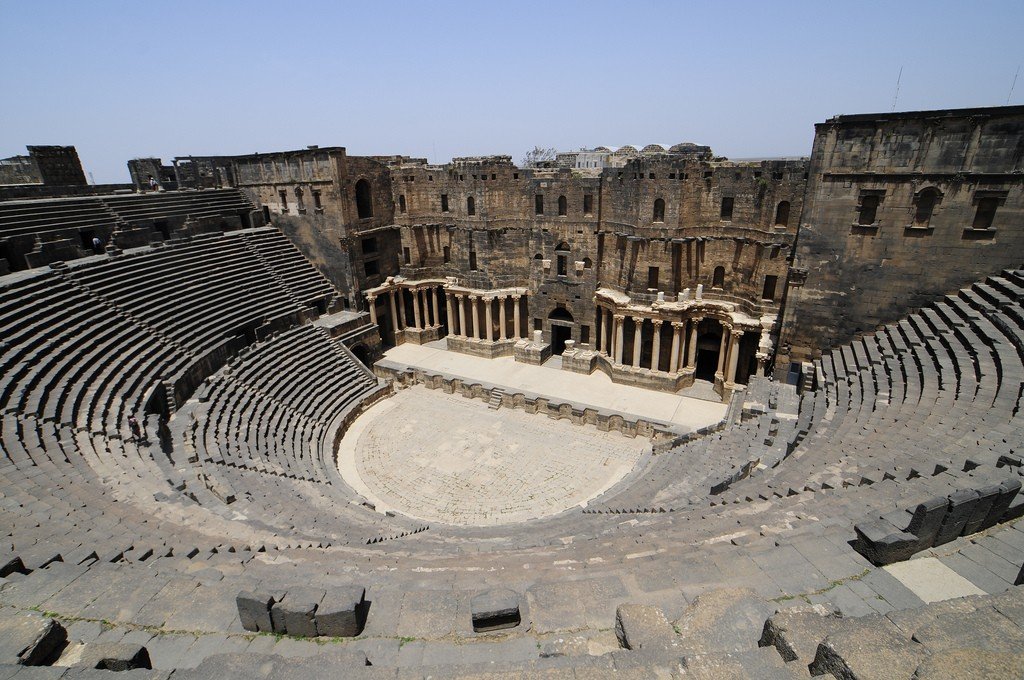
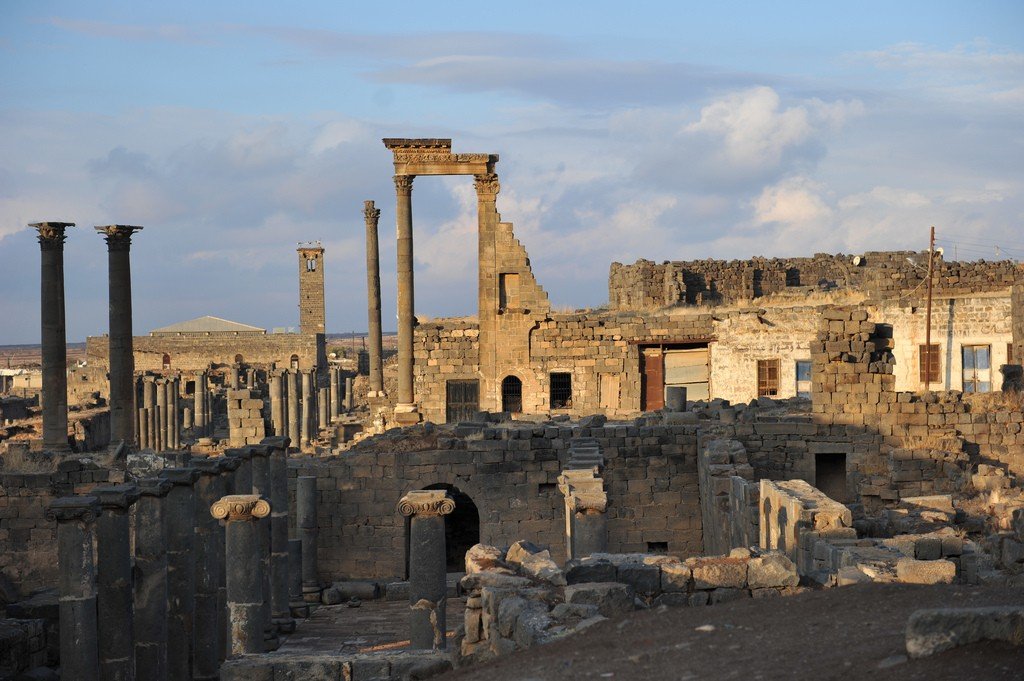
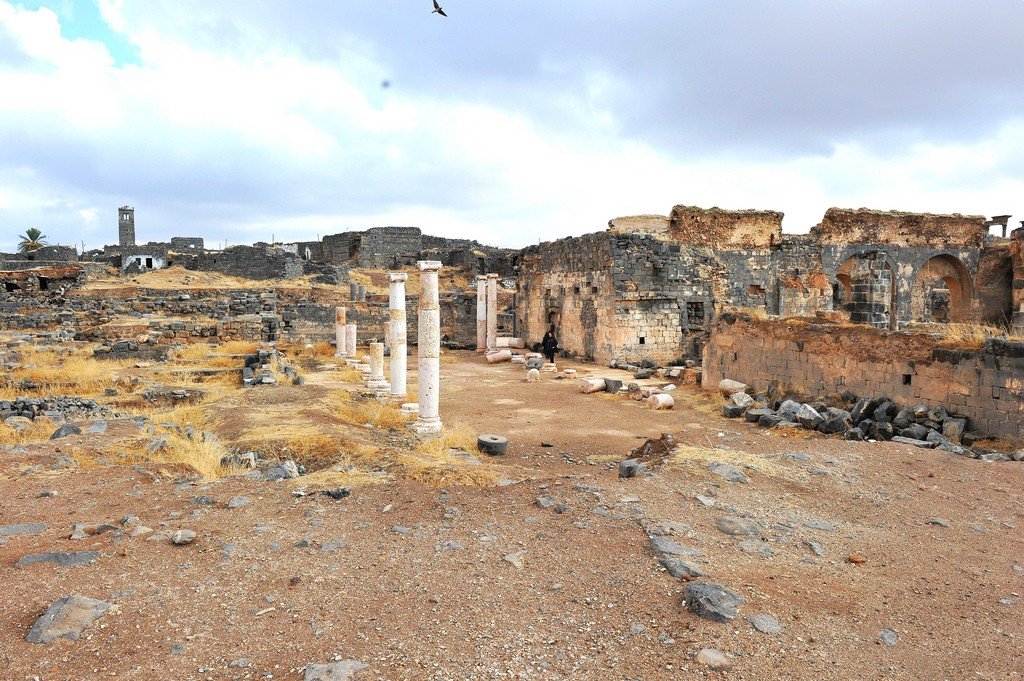
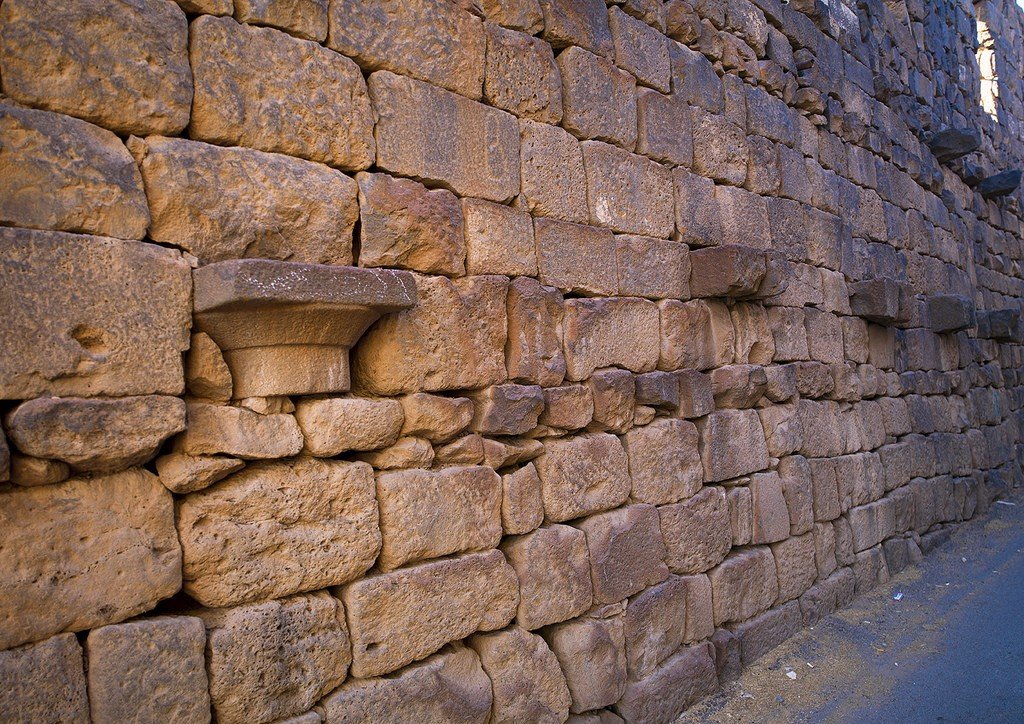
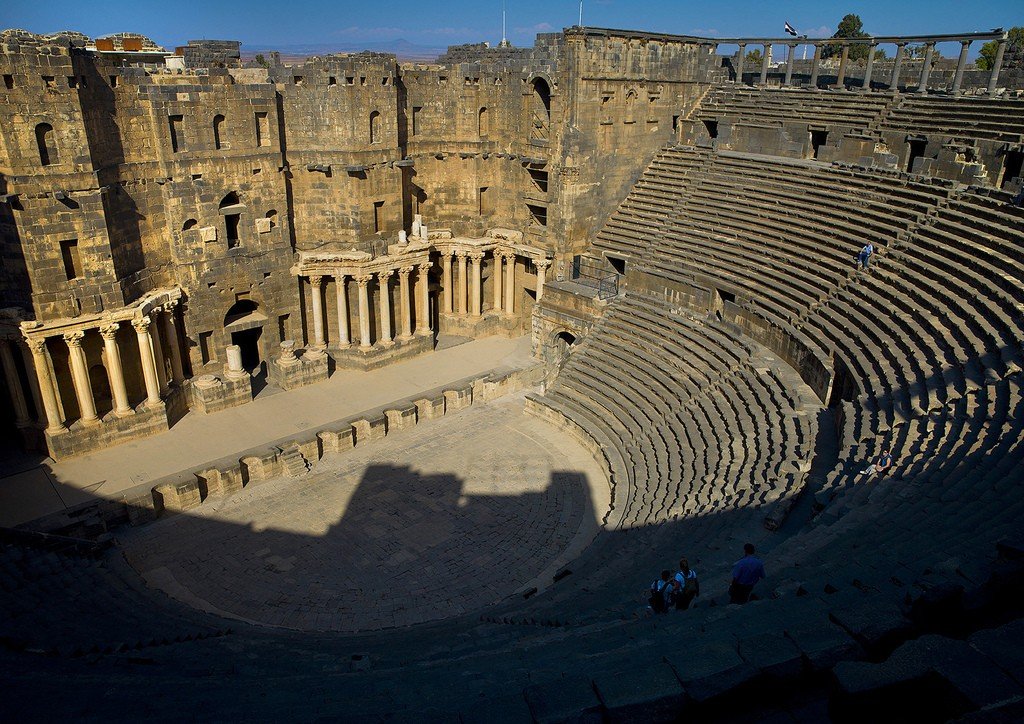
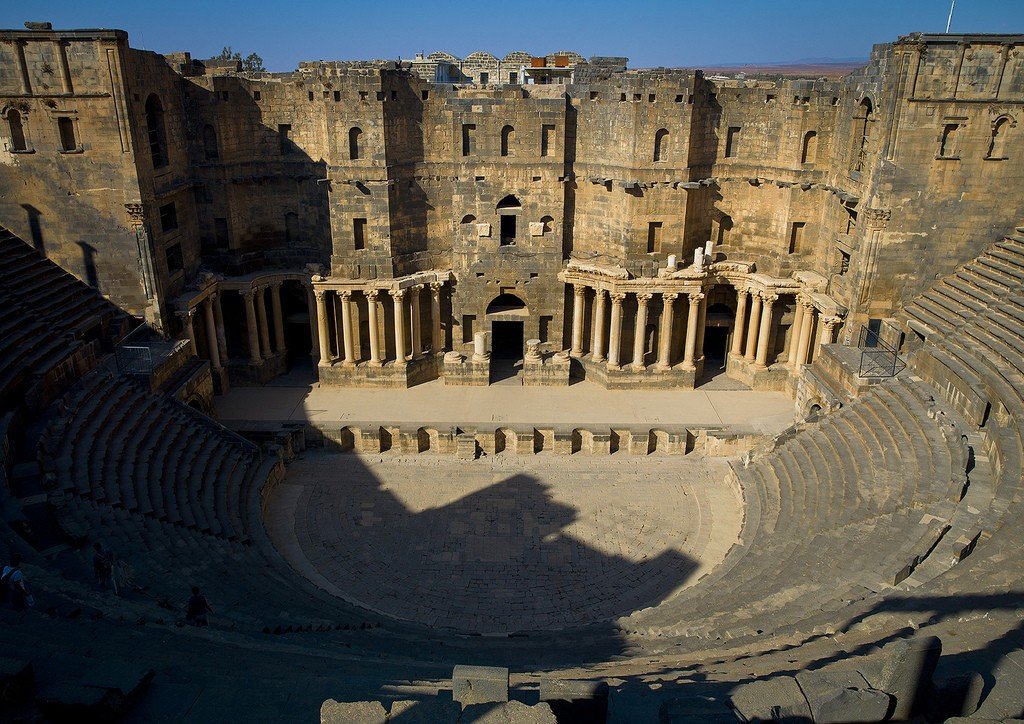
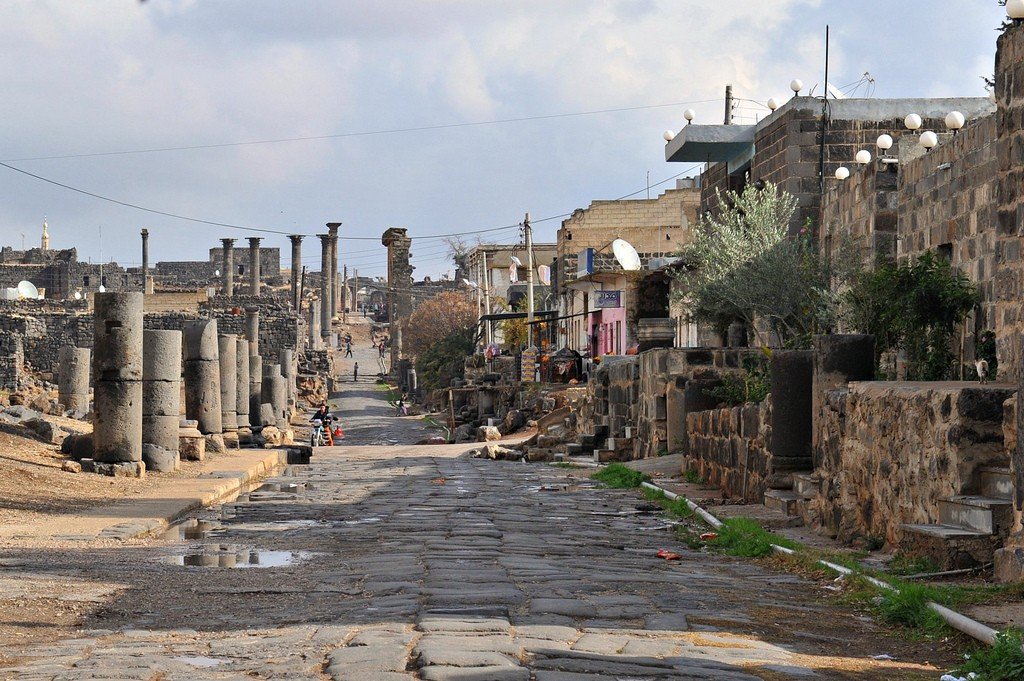
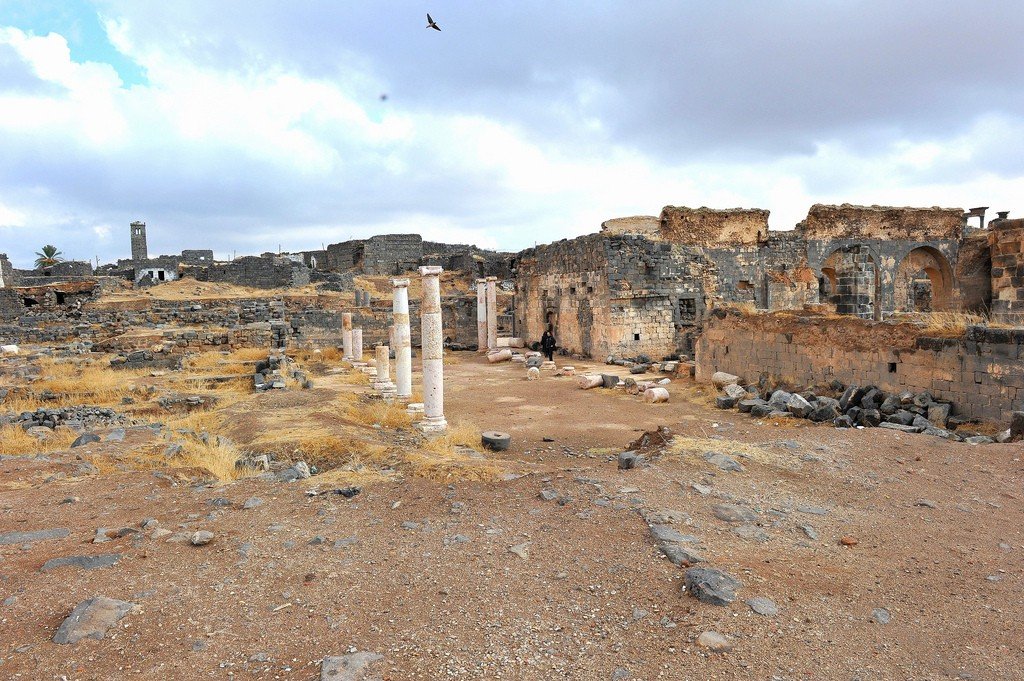
Video: Bosra
ContentsHighlights
One goes to Bosra to see the beautifully preserved theater built during the Roman Empire. This grandiose structure was built of black basalt and has a capacity of 15,000 spectators. The 102-meter diameter theater has excellent acoustics and spectator rows located at an angle of 45°. In the XIII century, fearing raids of enemies, the Roman theater was converted into a fortress. Nowadays, it hosts an annual national music festival.
.
From the Roman theater to the main street of the Roman Bosra – Decumanus – leads a narrow cobbled road. The western entrance to the ancient city is called the Gate of the Wind or Bab al-Hawa. In the excavated by archaeologists Bosra can be seen a beautiful triumphal arch 13 meters high, the temple of Nympheum, Roman thermae, the ruins of Byzantine temples and several buildings built in the Middle Ages. The city’s Muslim buildings leave a great impression.
.The Roman Theater in Bosra is open to tourists daily from 8.00 am to 6.00 pm in summer and from 8.00 am to 4.00 pm in winter. The museum is open on all days except Tuesday.
History of Bosra
The first information about a settlement at the site of Bosra is found in records compiled in the 14th century BC, during the reigns of Egyptian pharaohs Thutmose III and Amenhotep IV. In the 3rd century BCE, Semitic tribes formed the Nabataean kingdom, and Bosra was its first city.
.
The Nabataeans were replaced by the Roman Empire. In 106, Bosra came under the rule of the Romans, who renamed it Nova Traiana Bostrem. The surrounding lands became part of the border province of Arabia Petra, and Bosra began to serve as its administrative center..
The military legion and the headquarters of the Roman governor were located here. Important trade routes passed through the city, so it developed rapidly and even began to mint its own silver coins. The maximum prosperity of the Roman Bosra came in the III century. During the Byzantine Empire, the main population of the city adopted Christianity, and Bosra continued to actively build palaces and temples.
.In 634, Bosra was captured by the Arabs. It continued to be a major trading center. It was also a caravan route along which Muslim pilgrims made the Hajj to Mecca and Medina. In the XIII century, after a series of Mongol conquests, the city lost its former importance, and its population began to decline rapidly. Bosra is now home to just under 20,000 people..Muslim buildings
Ancient Bosra has preserved many monuments of early Islamic architecture. In the center of the city is one of the oldest Muslim temples in the world, the Mosque of Omar, built on the foundations of a pagan sanctuary. The inhabitants of Bosra call it Jami al-Aruss, which means “wedding mosque”. Besides it, the city has ruins of other Muslim temples, such as the al-Khidr Mosque, built in the 12th century.
.In Bosra, one can see artificial pools in which water was collected for the caravans of pilgrims passing through the city. The baths erected in 1372 are considered a fine example of Mamluk architecture.
.
How to get there
Bosra is located 120 kilometers south of the Syrian capital Damascus. Al-Muhib and Damas Tours buses run from the new Damascus bus station to Bosra. The drive to the city takes about two hours. Bosra can also be reached by cab.
.